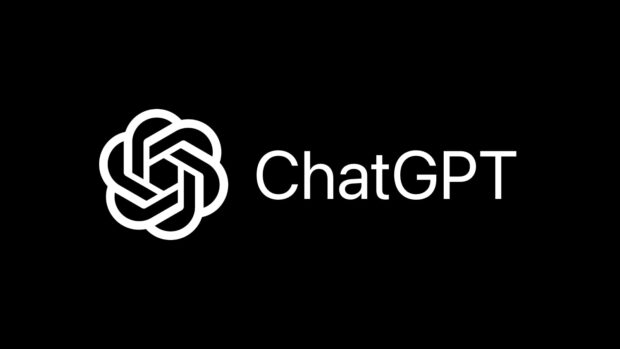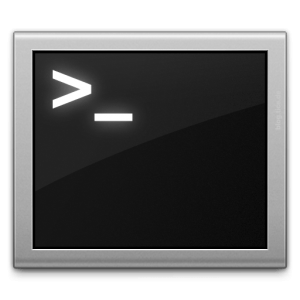If you have a new mac, and you are used to linux like me you probably are annoyed that all the colors in the shell are the same.
Of course, mac does have colors in the shell… However, they do not reflect if what you are looking at.
For Example, can you tell me from looking at the following which if a file, directory, and which is executable?

Where as once the script given below is ran it will look like the following:

Clearly you can see the file is white, the script is red because its executable, and the directories are a light blue. This can all be customized of course, but I find the defaults pretty good.
To Install these changes is quite easy, and I even made a script that can be ran without downloading. Simply run the following to make the changes and restart your terminal.
bash < <(curl -sSl https://gist.githubusercontent.com/MattCurryCom/6348692ffd9903d249907fb5212056d5/raw/080810de0caa9e0bdf70741104ab6bec1b2a8929/mac-linux-colors.sh)Please don’t take my word for what the script does, I highly recommend that you look at the script before if you don’t trust it. Just use the URL in the curl for reference. Its very simple.




